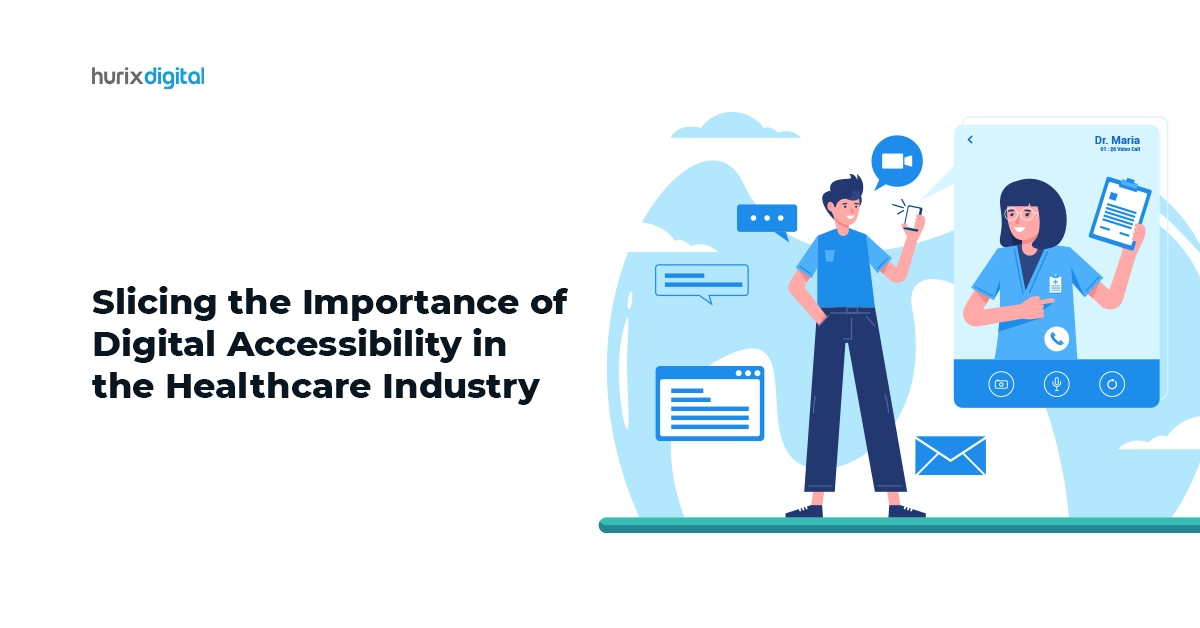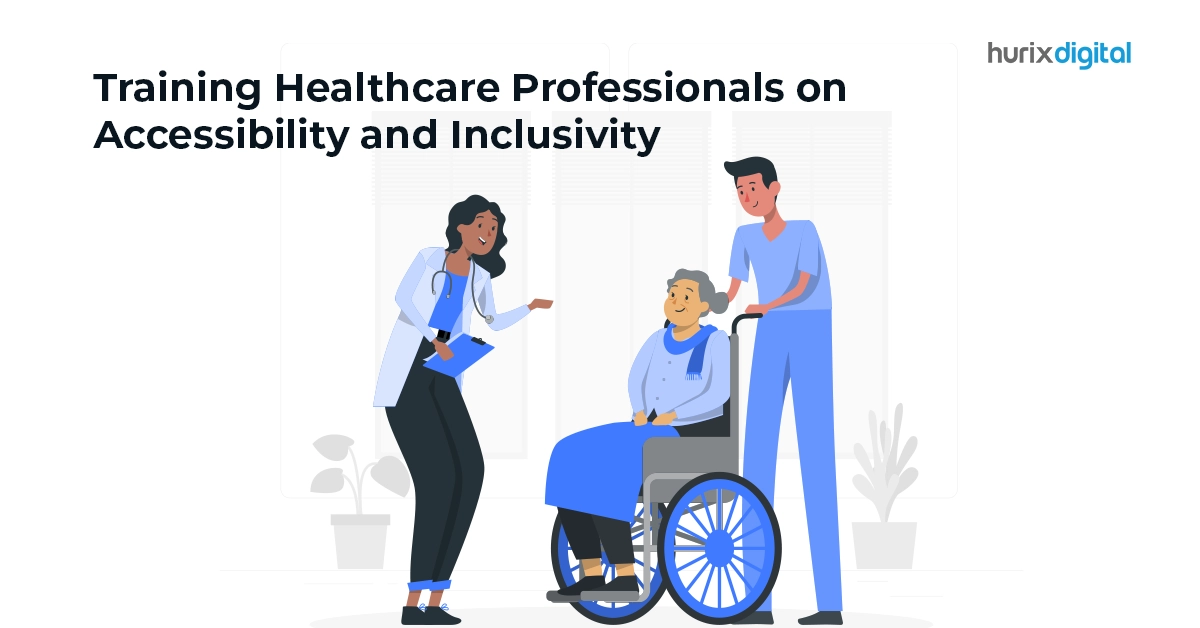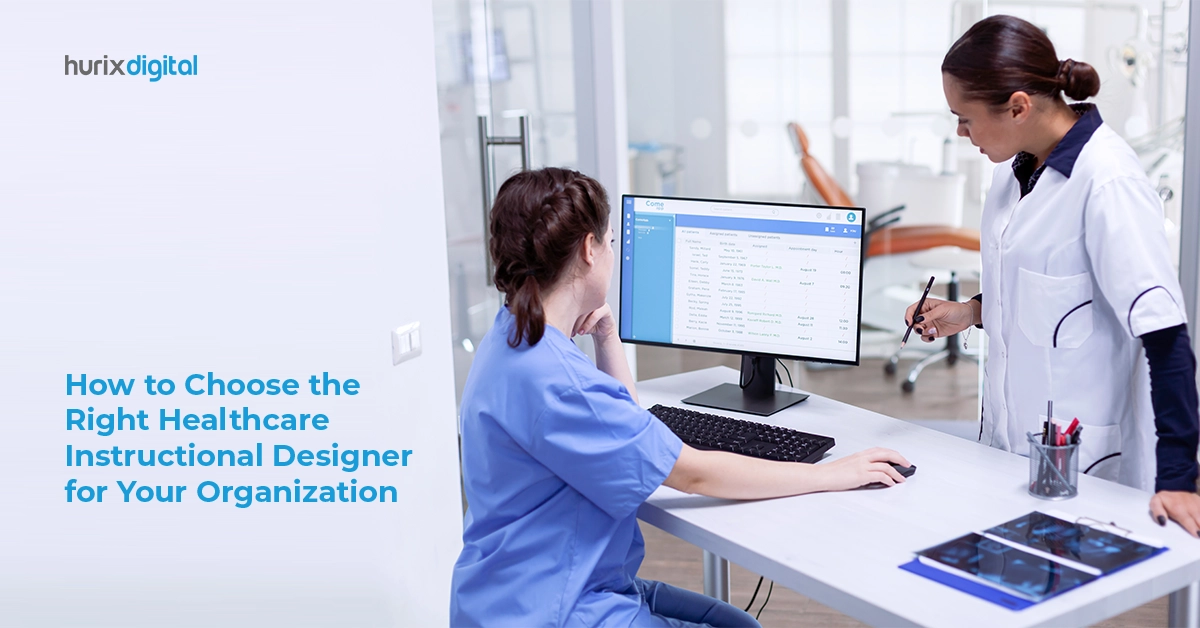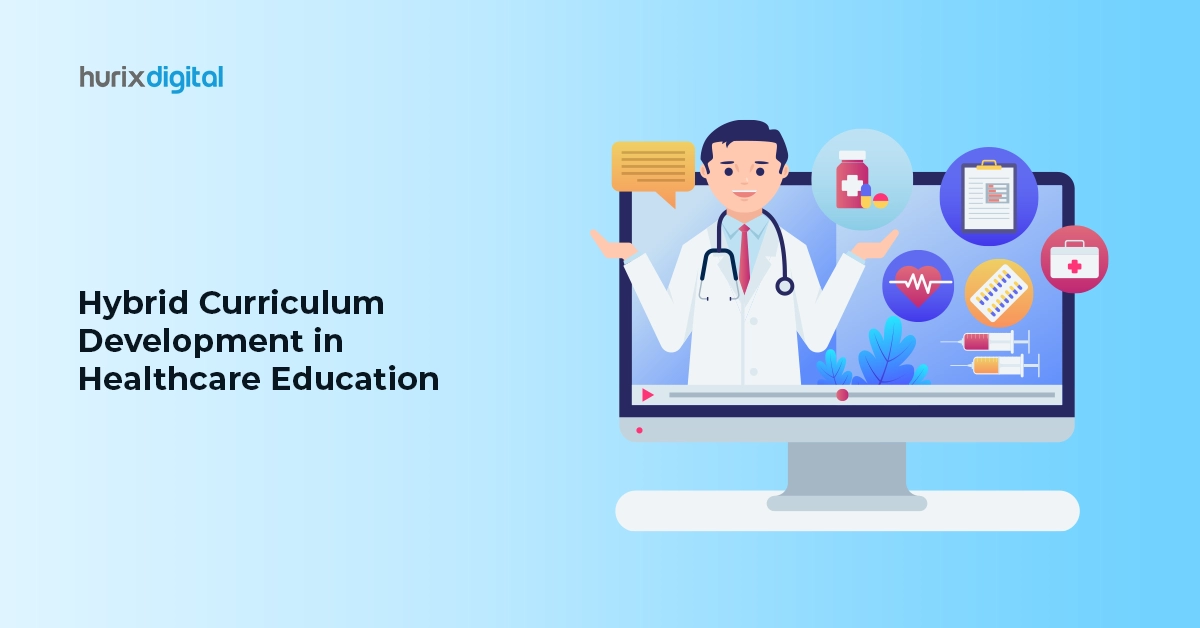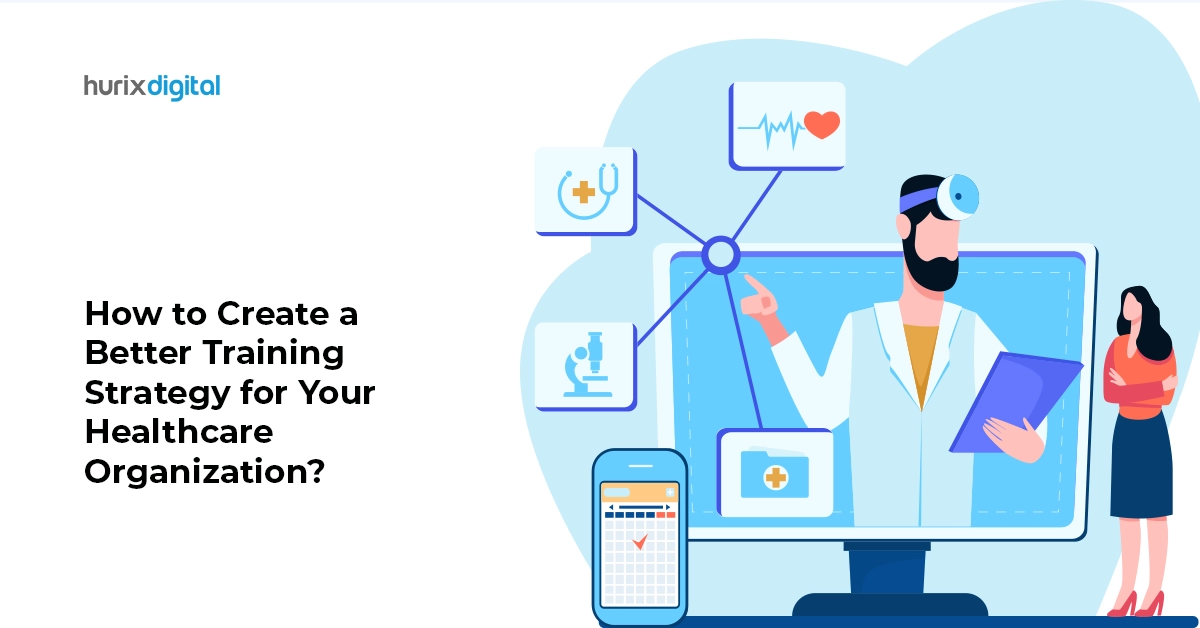
How to Create a Better Training Strategy for Your Healthcare Organization?
Summary
This blog provides tips for developing an effective training strategy for healthcare organizations. Learn how to design and implement training programs that meet industry needs.
One thing never changes in the fast-moving world of healthcare: the vital significance of a well-thought-out and successful healthcare training strategy.
Given the escalating significance of technological advancements and heightened patient expectations, the imperative for healthcare organizations to channel resources into refining their training strategies has never been more pronounced.
This blog outlines the essential elements of creating a solid training plan that not only satisfies legal demands but also promotes ongoing development and raises the bar for patient care. Let’s explore!
Table of Contents:
- 10 Ways to Plan a Robust Healthcare Training Strategy
- Evaluate Present Skills and Expertise
- Establish Organizational Objectives
- Seek the Viewpoint of Important Stakeholders
- Keep Up with Technological Advancements
- Be Mindful of Regulations
- Provide Role-Specific Instructions
- Focus on Soft Skills
- Opt for a Blended Learning Approach
- Promote Continuous Learning Opportunities
- Track, Assess, and Evaluate Regularly
- Streamline Your Healthcare Training Strategy with Technological Tools
- Takeaway
10 Ways to Plan a Robust Healthcare Training Strategy
To maximize the efficacy and impact of your training initiatives, you must tailor your training strategy according to the unique needs of your organization. You may cultivate a workforce that is more capable and involved by customizing the program to your healthcare organization’s specific needs and objectives.
When planning your healthcare training strategy, keep the following points in mind:
1. Evaluate Present Skills and Expertise
Begin by carrying out a comprehensive evaluation of the present-day abilities and expertise of your employees. Determine your strong points and your areas for development. This evaluation will act as a basis for creating customized training programs.
2. Establish Organisational Objectives
Establish the precise goals and mission of your medical facility. Are you trying to raise the uptake of novel technologies, lower medical mistakes, or increase patient contentment? Make sure your healthcare training best practices are in line with these objectives to give your employees the tools they require to contribute to the success of the company.
3. Seek the Viewpoint of Important Stakeholders
Make sure you involve important stakeholders in the development of the training strategy, such as heads of departments, executives, and medical personnel. Their viewpoints and insights will enable you to secure support from all levels of the organization and obtain a thorough grasp of its requirements.
4. Keep Up with Technological Advancements
Stay up to date with the most recent developments in healthcare technology. Include training on new medical devices, EHRs, telemedicine, and other cutting-edge technologies that are pertinent to the work of your organization.
5. Be Mindful of Regulations
Make sure that your healthcare learning solutions adhere to all applicable regulations, including those set forth by organizations that oversee the healthcare industry. Maintaining patient safety and avoiding fines require thorough and up-to-date compliance training.
6. Provide Role-Specific Instructions
Within your healthcare organization, various roles have specific duties and necessary skills. Employees should be provided with role-specific training to acquire the abilities and expertise necessary to succeed in their roles.
7. Focus on Soft Skills
In the healthcare industry, soft skills are just as important as technical expertise. To provide generous patient care and promote a positive work atmosphere, collaboration, compassion, and interaction are essential.
8. Opt for a Blended Learning Approach
To establish a healthcare training curriculum of blended learning, mix various forms of instruction like live seminars, virtual courses, simulations, and practical instruction. This diversity improves retention of the material and incorporates various learning styles.
9. Promote Continuous Learning Opportunities
Enable your company to have an ongoing education culture. To ensure healthcare staff development in medicine and efficient procedures, offer possibilities for personal growth, continued learning, and certifications.
10. Track, Assess, and Evaluate Regularly
Evaluate your training strategy regularly using performance metrics, questionnaires, and assessments. Make the required modifications and enhancements based on suggestions to guarantee that the training meets the changing requirements of your company.
Also Read: Healthcare Access for All: Navigating USA’s Digital Accessibility Standards
How to Streamline Your Healthcare Training Strategy with Technological Tools?
Utilizing technology in your healthcare training strategy can greatly encourage and assist your staff, enhancing their education and, eventually, the quality of care provided to patients. The following are essential guidelines for using technology efficiently:
1. eLearning in Healthcare
Monitoring the learning curve of staff members is imperative for healthcare staff development. This is not only made possible by eLearning tools, but they also provide a multitude of statistical data that can provide a comprehensive picture of the whole process of learning.
Establish a strong eLearning platform that provides your employees with accessibility to a variety of modules, workshops, and materials at any time and from any location. Independent learning is made possible through eLearning, which also accommodates hectic routines and a variety of learning preferences.
2. Gamification
Gamification has the potential to enhance healthcare workforce training in a variety of ways. For example, medical school professors have long used multiple-choice quizzes to assess their students’ understanding of important concepts.
As an alternative, some educators assess their students’ proficiency in patient care through virtual reality simulations, which give them the chance to hone specific abilities in a demanding and pragmatic setting without involving real patients.
There are also non-technological examples of gamification, such as encouraging students to come up with original solutions to made-up healthcare problems or employing an incentive system to honor those who adhere to medical regulations and guidelines the most closely.
3. Augmented and Virtual Reality
The application of AR and VR in healthcare is revitalizing medical training programs. Immersion simulations that imitate intricate surgical operations or evaluate uncommon illnesses are now available for medical students to participate in.
Without endangering actual patients, healthcare professionals can hone their abilities and decision-making skills through this practical experience in a virtual but remarkably lifelike setting.
4. Learning Management Systems
Healthcare organizations such as hospitals, clinics, medical device manufacturers, pharmaceutical companies, and others use a platform called a healthcare learning management system, or LMS, to train staff members on topics like optimal procedures, new technologies, compliance, regulations, and guidelines, as well as marketing strategies.
Install an intuitive learning management system (LMS) that tracks progress, centralizes training materials, and produces reports on staff efficiency. Better tracking of training efficacy is made possible by an LMS, which also streamlines employee development in healthcare.
5. Telemedicine Training
The provision of medical services remotely via an electronic communications system is known as telemedicine or e-medicine. Healthcare professionals can assess, diagnose, educate, and treat patients virtually without having to see them in person, thanks to telehealth services.
Hence, to help your team successfully offer remote care, give them comprehensive instruction on telemedicine applications and procedures. Ensure that they respect patient privacy and are aware of the subtleties of virtual assistance.
Also Read: The Role of Virtual Simulations in Healthcare Education
Takeaway
You can offer your healthcare staff the resources they require to remain up-to-date, confident, and proficient in their jobs by incorporating technology into your healthcare training strategy.
In addition to empowering employees, technologically enabled training improves patient experiences and the general quality of care throughout your organization.
If you’re on the lookout for reliable EdTech training solutions, get in touch with Hurix Digital. Our training programs guarantee interesting and educational experiences that encourage staff members, improve output, and produce the intended outcomes.
Contact us to learn more about our services!

Performance, Results, Growth, and Life-Long Learning define my professional life. I am passionate about making workplace learning planful, purposeful, and impactful. I take pride in partnering with clients and bringing them the best in learning design and creating solutions that address business challenges.
